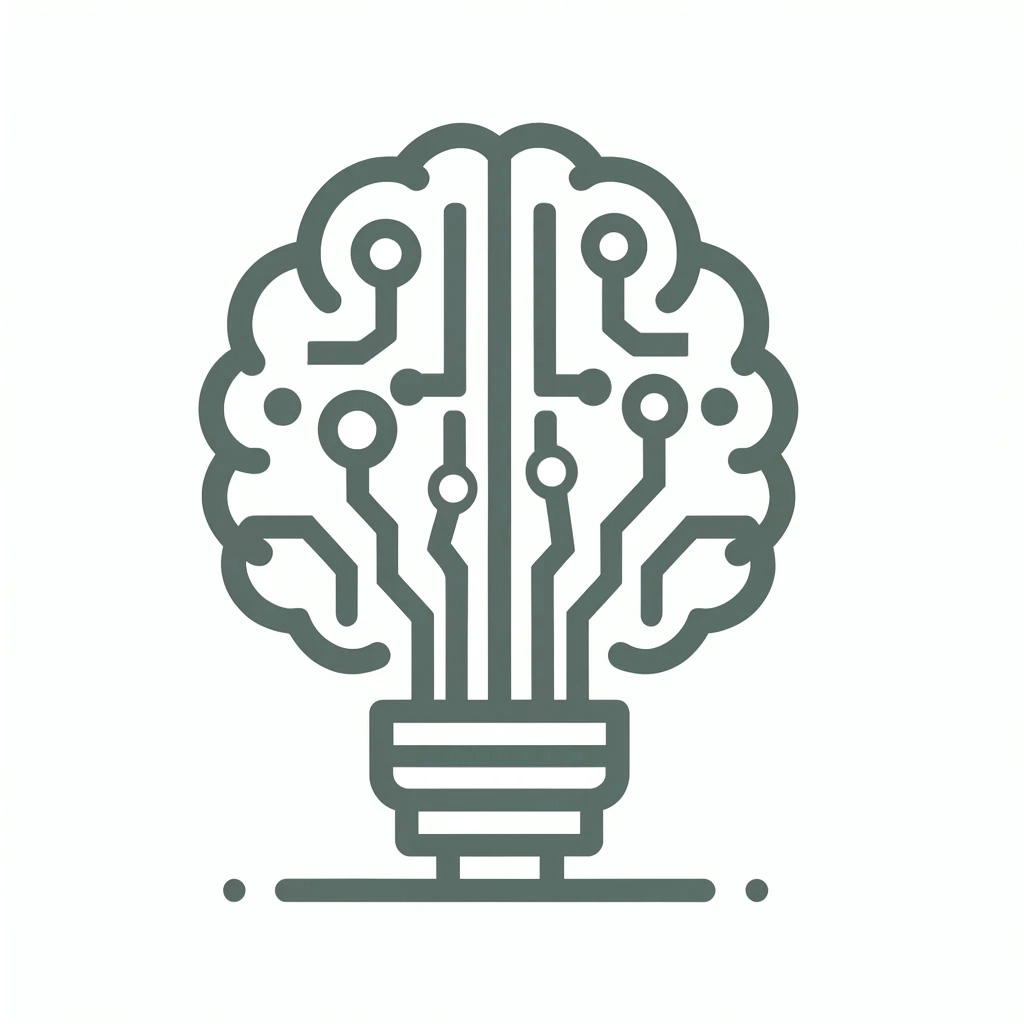Staying ahead of the competition requires more than just a good business strategy. You need to understand your workforce’s skills and ensure they align with your company’s goals. That’s where skills intelligence comes in.
Skills intelligence involves collecting, analyzing, and using data about employee skills to make smarter business decisions. It’s about knowing what your people can do and identifying gaps that might be holding your business back.
In this blog post, we’ll explore how skills intelligence can give your company a competitive edge. You’ll see how it helps identify skills gaps, align training with business goals, improve recruitment, and boost employee engagement. Ultimately, we’ll show how investing in skills intelligence can help your company thrive in the market.
What is skills intelligence?
Skills intelligence is all about understanding and leveraging the skills of your workforce. It involves gathering and analyzing data on employee skills to gain insights that can guide strategic decisions. It tells you what your team is capable of and where there are gaps to fill.
Key steps of skills intelligence are:
- Data collection: Gathering information on current employee skills through assessments, performance reviews, and self-reporting.
- Analysis: Identifying patterns, trends, and gaps by analyzing the collected data.
- Insights: Generating actionable insights that help align training, recruitment, and workforce planning with business goals.
Unlike traditional HR analytics, which focuses on metrics like turnover rates and employee engagement, skills intelligence zooms in on the specific skills and capabilities within your team. By understanding this at a granular level, you can better align your workforce with the strategic objectives of your business.
In short, skills intelligence gives you a clearer picture of your workforce’s potential and helps you make more informed decisions about training, hiring, and internal mobility.
Why is skills intelligence important for businesses?
Closing skills gaps with skills intelligence:
Without a clear understanding of your team’s skills, you might not realize where the gaps are. Skills intelligence identifies these gaps, helping you prioritize training or hiring efforts to bridge them. This ensures your workforce is always equipped to meet business demands.
Imagine you’re expanding your IT department but haven’t assessed your team’s current skill set. Without skills intelligence, you might overlook a critical lack of expertise in cybersecurity or data analysis. By pinpointing these gaps early, you can invest in targeted training programs or adjust your hiring strategy to ensure your team has the skills required to meet business goals.
Aligning training and development:
Investing in employee development is essential, but it must align with your company’s goals. Skills intelligence ensures your training programs focus on the most critical areas, maximizing their impact.
For example, suppose your business aims to improve data-driven decision-making. In that case, skills intelligence might reveal a need for stronger data analysis skills across departments. Armed with this insight, you can tailor training programs to develop these skills specifically, ensuring your workforce is prepared to support this strategic objective.
Boosting recruitment and talent management
Finding the right talent can be challenging. Skills intelligence helps by providing a clear profile of what your company needs. It allows you to refine job descriptions and recruitment strategies to attract the best candidates.
Internally, skills intelligence supports talent mobility, ensuring the right people move into the right roles. If an employee shows promise in project management based on their existing skills and performance data, you can proactively guide them into a role that best suits their abilities. This maximizes their potential and improves overall workforce productivity.
Enhancing employee engagement and retention
Employees want to feel valued and see a clear career path. Skills intelligence enables personalized training and career development plans, increasing job satisfaction.
When employees feel they’re growing professionally, they’re more likely to stay with your company. For instance, if an employee excels at coding but lacks opportunities to advance, you can offer them training to refine their skills and move into a senior role. This personalized approach fosters loyalty and keeps your talent engaged.
Supporting strategic decision-making:
Whether you’re entering new markets or launching new products, knowing your team’s skills is vital. Skills intelligence provides the insights needed to make informed strategic decisions, helping your business adapt quickly to changing market demands.
If you’re considering launching a new service, skills intelligence can reveal whether your current team is equipped to handle the technical requirements. If not, you can choose to upskill your existing workforce or recruit specialized talent. In either case, skills intelligence gives you the data to make a confident and strategic choice.
In short, skills intelligence is a practical tool that helps businesses thrive by aligning their workforce with their strategic goals.
Best practices for implementing skills intelligence
Start with clear goals:
Before diving into skills intelligence, define what you want to achieve. Clear goals help you stay focused and measure success effectively.
Ask questions like:
- What skills gaps are we trying to address?
- How can skills intelligence support our business strategy?
- Which departments or roles should we prioritize?
These questions guide the collection and analysis of skills data, ensuring your efforts align with strategic business objectives.
Leverage the right technology:
Skills intelligence relies heavily on accurate data collection and analysis. Invest in a platform or tool that can effectively gather, manage, and analyze your workforce’s skills information.
Look for features like:
- Skills assessments and surveys
- Data analytics and visualization
- Integration with existing HR systems
- Real-time reporting
Choosing the right technology makes implementing skills intelligence easier and more impactful.
Read more: Skills inventory decoded: Five key insights for beginners
Involve key stakeholders to skills intelligence:
Skills intelligence is most effective when it has buy-in from all key stakeholders. Collaborate with HR, management, project managers, sales and employees to ensure everyone understands the benefits and is motivated to participate.
Consider setting up a cross-departmental team to:
- Identify skill requirements for each department
- Regularly review and update skills data
- Encourage open communication about training needs and career goals
- Involving employees also helps them feel valued, boosting engagement and retention.
Read more: Combining business processes and skills data: practical examples
Regularly review and update skills data:
The skills landscape constantly changes, so your data needs to stay current. Regular reviews help you adapt to new business needs and market trends.
Best practices include:
- Conducting annual or biannual skills assessments
- Encouraging employees to update their skills profiles regularly
- Reviewing training programs to ensure they’re aligned with business goals
- This continuous improvement approach ensures your skills intelligence remains accurate and relevant.
Create actionable insights:
Data is only useful if it leads to action. Translate your skills intelligence insights into clear, actionable steps.
For example:
- If you identify a skills gap, develop a training plan or adjust recruitment strategies.
- If your analysis shows underutilized talent, create internal mobility opportunities.
- If strategic goals shift, update training programs to focus on new skill sets.
By making insights actionable, you’ll see tangible improvements in workforce productivity and business performance.
In summary, implementing skills intelligence effectively requires clear goals, the right technology, stakeholder involvement, continuous data review, and actionable insights. By following these best practices, you’ll set your business up for success and gain a competitive edge in the market.
Conclusion
In today’s rapidly evolving market, understanding and leveraging your team’s skills can be the difference between thriving and falling behind. Skills intelligence provides a comprehensive view of your workforce’s capabilities, enabling you to identify gaps, align training with business goals, improve recruitment, and enhance employee engagement.
By following best practices like setting clear goals, leveraging the right technology, involving key stakeholders, regularly updating data, and creating actionable insights, you can harness the full potential of skills intelligence. This will help you build a competitive edge and position your company to thrive in the market.
Ultimately, investing in skills intelligence isn’t just about data—it’s about empowering your team and aligning their growth with your business strategy.

